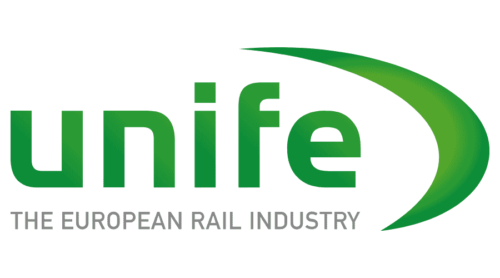FULL STEAM AHEAD FOR THE FOURTH RAILWAY PACKAGE’S TECHNICAL PILLAR
They therefore encourage the Council to assign the agreed principles of the Interoperability Directive to the Safety Directive. Building on what has already been achieved, the railway sector calls upon the European institutions to adopt the Technical Pillar of the Fourth Railway Package before the 2014 European elections.
CER and UNIFE appreciate that the Irish Presidency managed to reach a General Approach in the Council and hope the Council of the European Union will make similar progress on the Safety Directive and the European Railway Agency (ERA) Regulation during the Lithuanian Presidency. Both associations hope that the European Parliament will keep its ambitious timetable and that the Members of the European Parliament will make an early adoption of the Technical Pillar possible. The railway operators and the railway manufacturing industry have called for a reform of the authorisation regime and the safety certification since 2010. Both demands have been discussed extensively over the past three years with the European institutions and in the member states. After years of detailed and careful discussion CER and UNIFE call upon the European Parliament and the Council of the European Union to act now.
Concretely, CER and UNIFE jointly support the approach which underlines that ERA should issue the vehicle authorisation as a one stop-shop with the Agency being the decision making authority and supported by the national safety authorities (NSAs). Furthermore, both associations consider that the European vehicle authorisation should indicate the ‘area of use’.
Moreover, CER and UNIFE support the European Railway Agency being the authorisation body for trackside ERTMS whereas the NSAs should act for the authorisation on energy, infrastructure and CCS (class B systems). In future the streamlined European authorisation process should be based on a clear set of rules integrating technical specifications for interoperability and notified national rules exclusively. The key elements of the Interoperability Directive should apply reciprocally to the Safety Directive.
Finally, the railway and infrastructure companies and the railway manufacturing industry fully back the concept of the single safety certificate with ERA as one-stop-shop for the safety certification clearly indicating the ‘area of operation’, supported by cooperation in clusters of NSAs. In addition, without prejudice to civil liability, it shall be ensured that railway actors are each in charge for their own part of the system and its safe operation.
The European railway sector needs the Technical Pillar urgently in order to remain competitive in and for Europe – as a sustainable transport mode and as an industry. The sector needs to preserve and constantly improve its environmental advantage and increase the number of passengers and goods carried to fulfil the goals set in the European Commission’s 2011 Transport White Paper. The Fourth Railway Package’s Technical Pillar is a fundamental milestone on the way to create a Single European Railway Area and needs to be put on the right track by all parties involved. Putting the Technical Pillar on the right track means full steam ahead for the European railway sector and the creation of the Single European Railway Area. Therefore CER and UNIFE hope that the Lithuanian Presidency will find its way to a General Approach on the Safety Directive and the ERA Regulation.
CER Executive Director Libor Lochman said: “The principles of proposals of the European Commission and the General Approach of the Council of the European Union on the Interoperability Directive shall be supported – in fact they reflect what has been discussed for the last three years”.
UNIFE Director General Philippe Citroën stated: “The European industry needs a strong and large home market to develop. In this sense the Technical Pillar is not purely technical; it is an important element of competitiveness for our industry and of industrial policy”.
